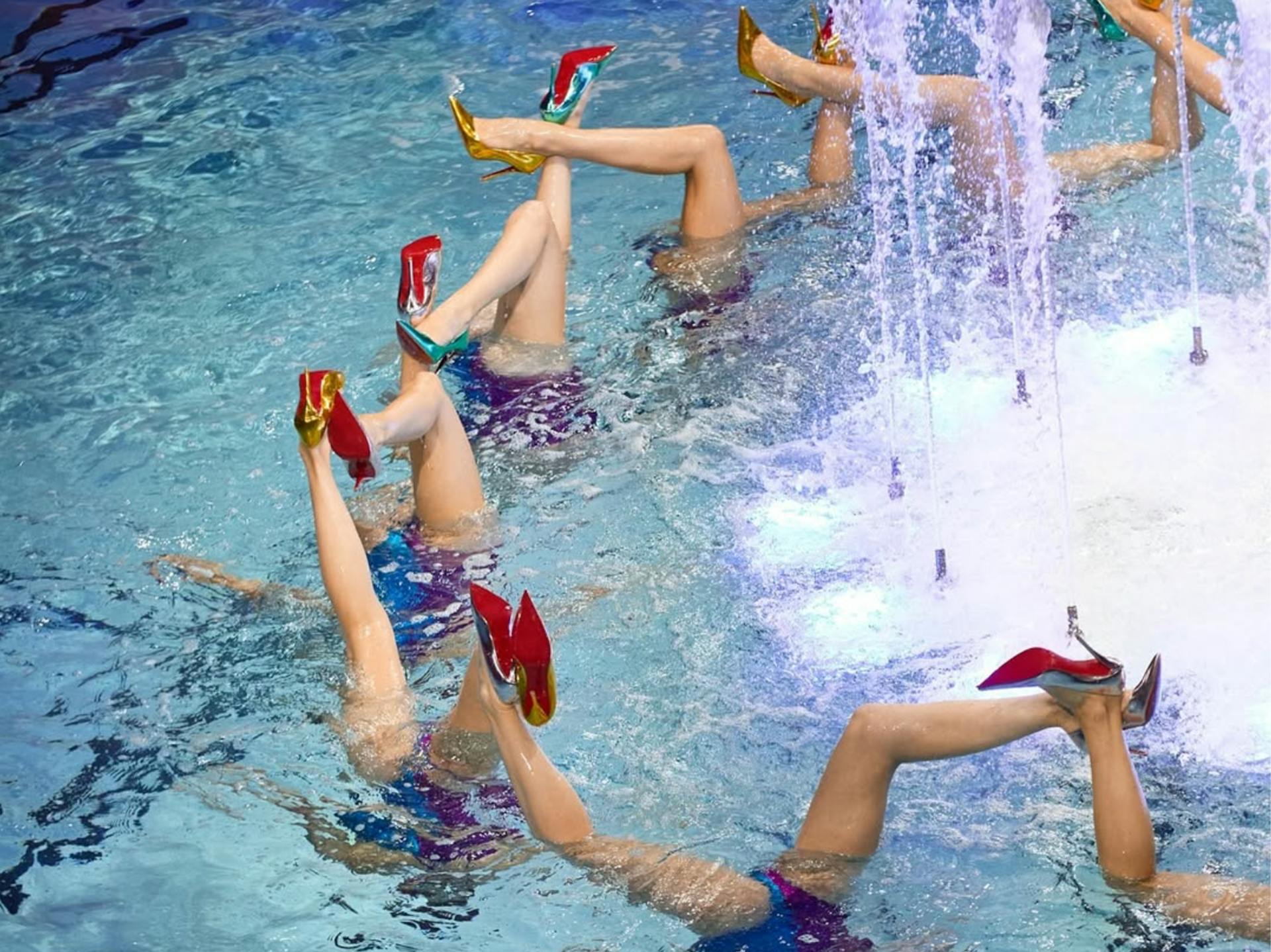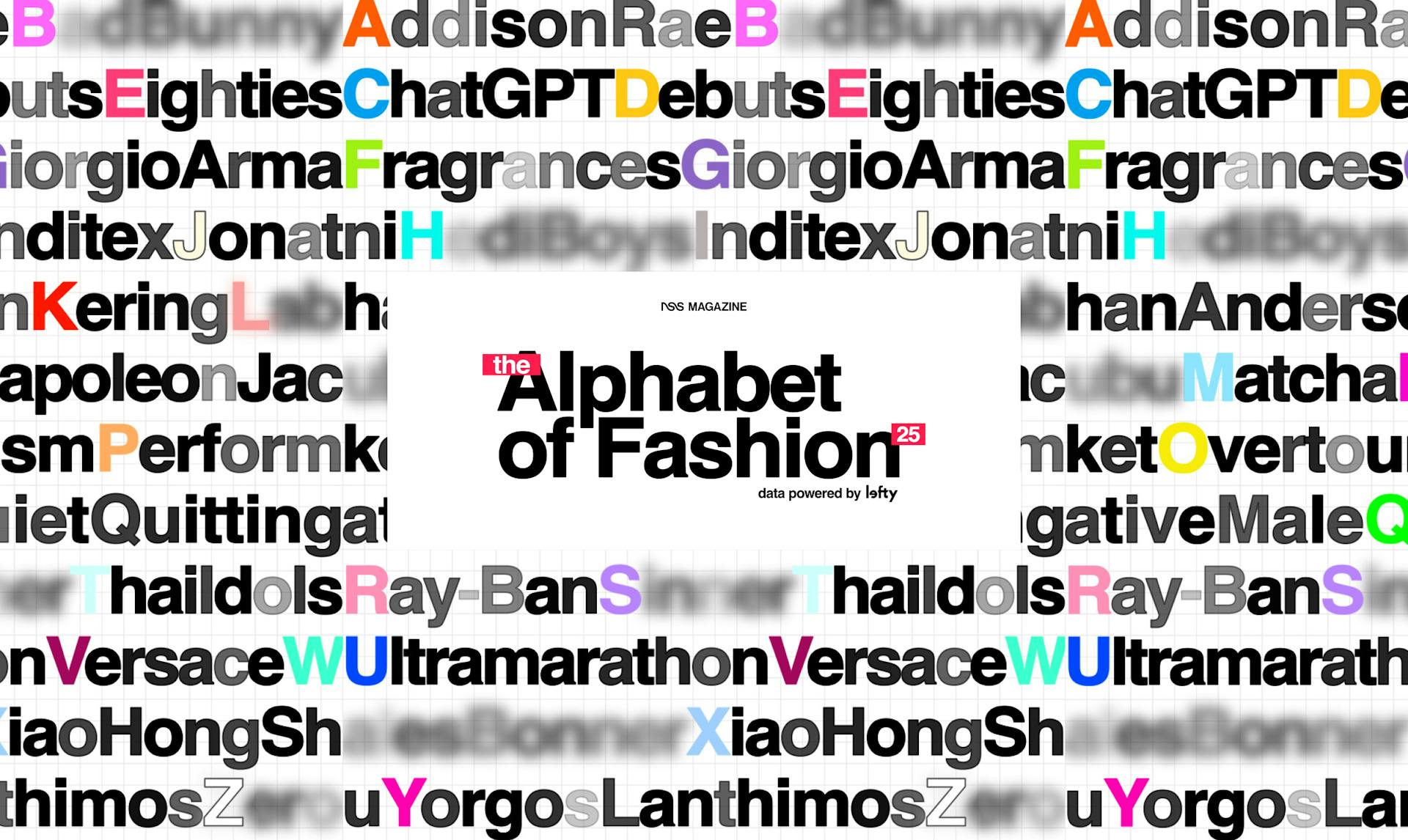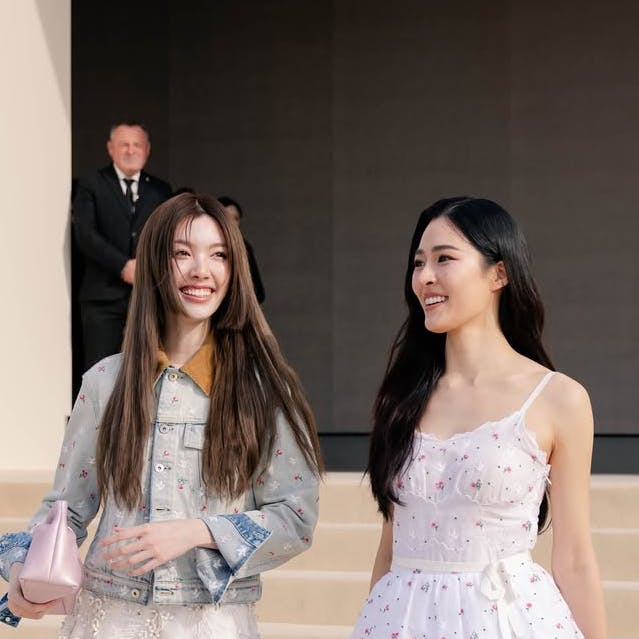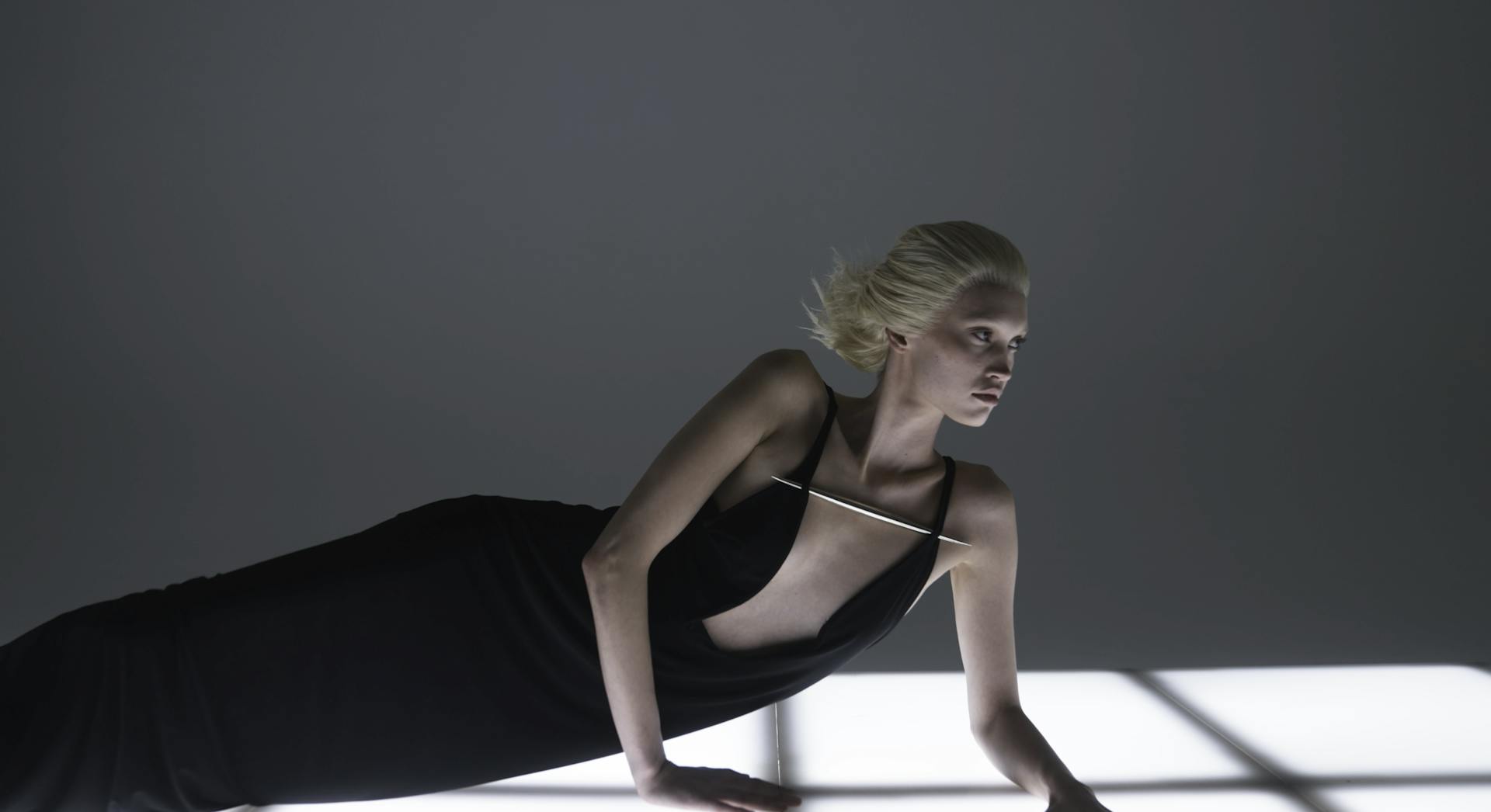In the fast-evolving influencer marketing world, the merging of sports, fashion, and digital influence has revolutionized brand strategy, generating unprecedented visibility and engagement. From the Paris Olympics to Spring/Summer 2025 Fashion Weeks, brands are discovering the immense potential of aligning with athletes, influencers, and pop culture moments. Here, we explore the trends that emerged from these major events and how they set the stage for 2025.
Athletes as Influential Partners
A key insight from the Paris Olympics was the immense visibility athletes can offer through brand partnerships. Athletes with public social media profiles mentioning brands during the Games generated over $163 million in Earned Media Value (EMV), with impressions surpassing 43 billion across platforms. This surge highlights the value of athletes' partnerships in driving awareness for various industries like fashion, tech, and banking, which together captured nearly 60% of the total visibility.
However, choosing the right athletes to partner with can be complex. From a data standpoint, two factors determine a good brand fit. First, assess the profile's potential: follower count, engagement rate, and popularity growth. Second, evaluate their commercial appeal: do they mention brands through organic or paid partnerships? How many brands do they reference, and from which industries?
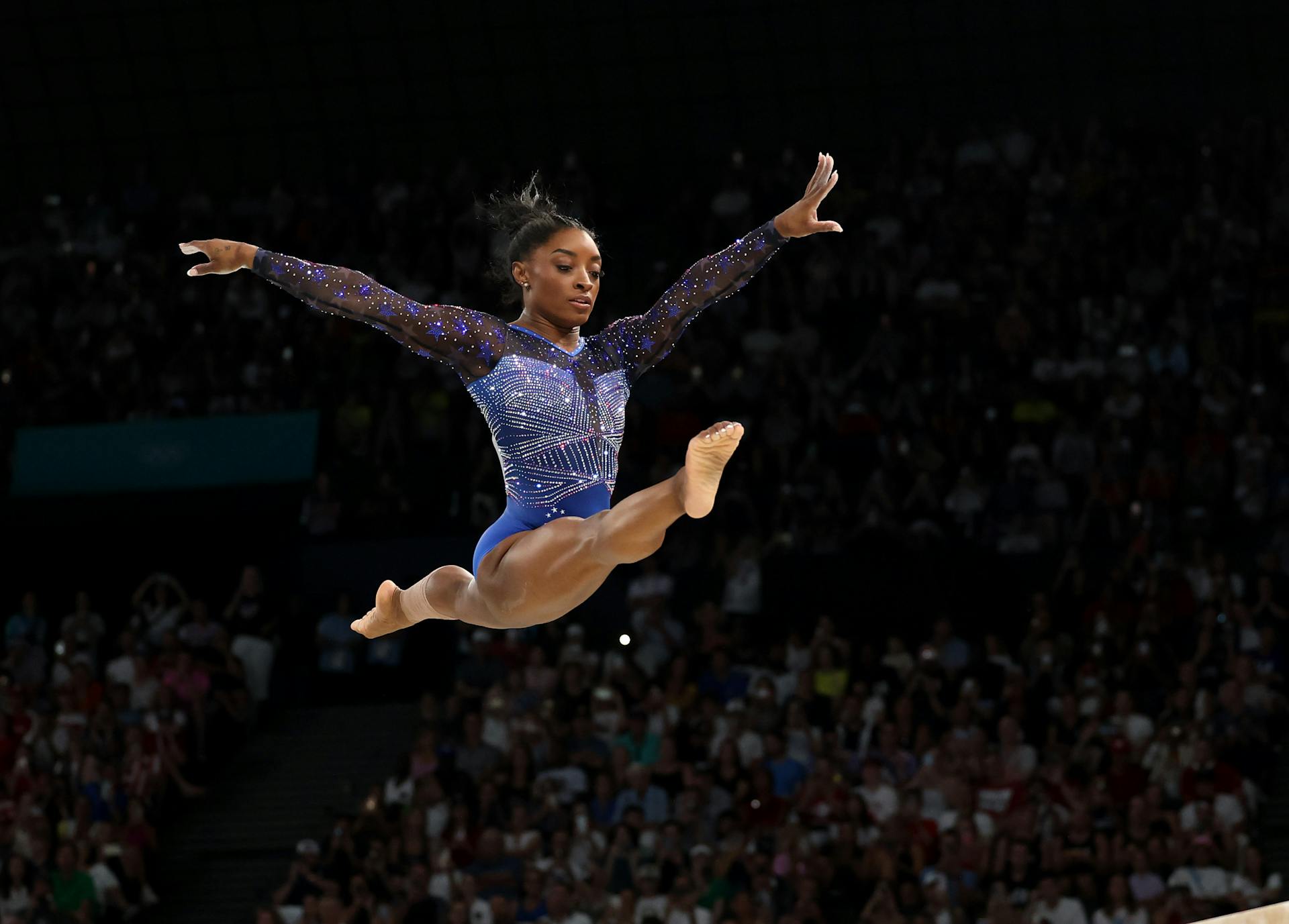
A Profile's Potential
A prevalent misconception is that follower count is the sole determining factor when selecting athletes or influential talent. However, follower numbers alone don't suffice. Engagement rates are crucial; they provide a clearer picture of partnership success.
For instance, LeBron James had 16 million followers in 2016 and 160 million in 2024. Despite this growth, his engagement rate remains low. Brands like Nike and Netflix benefit from his ability to boost brand awareness, but he may not engage audiences as effectively as other athletes.
Conversely, consider Ilona Maher, an emerging American rugby talent from the Olympics. Before 2024, her social media presence was modest, yet she gained 3 million followers during the Games. As an athlete with a significant following and impressive engagement rates nearing 4%, she exemplifies the allure of influencers with over a million followers and engagement exceeding 3%. Since the Olympics, her brand partnerships have multiplied, signaling her commercial rise. Initially, her posts were organic, but now she collaborates with brands like Maybelline. Ilona is also expanding into entertainment, appearing on "Dancing With The Stars" and contributing to media outlets like Sports Illustrated.
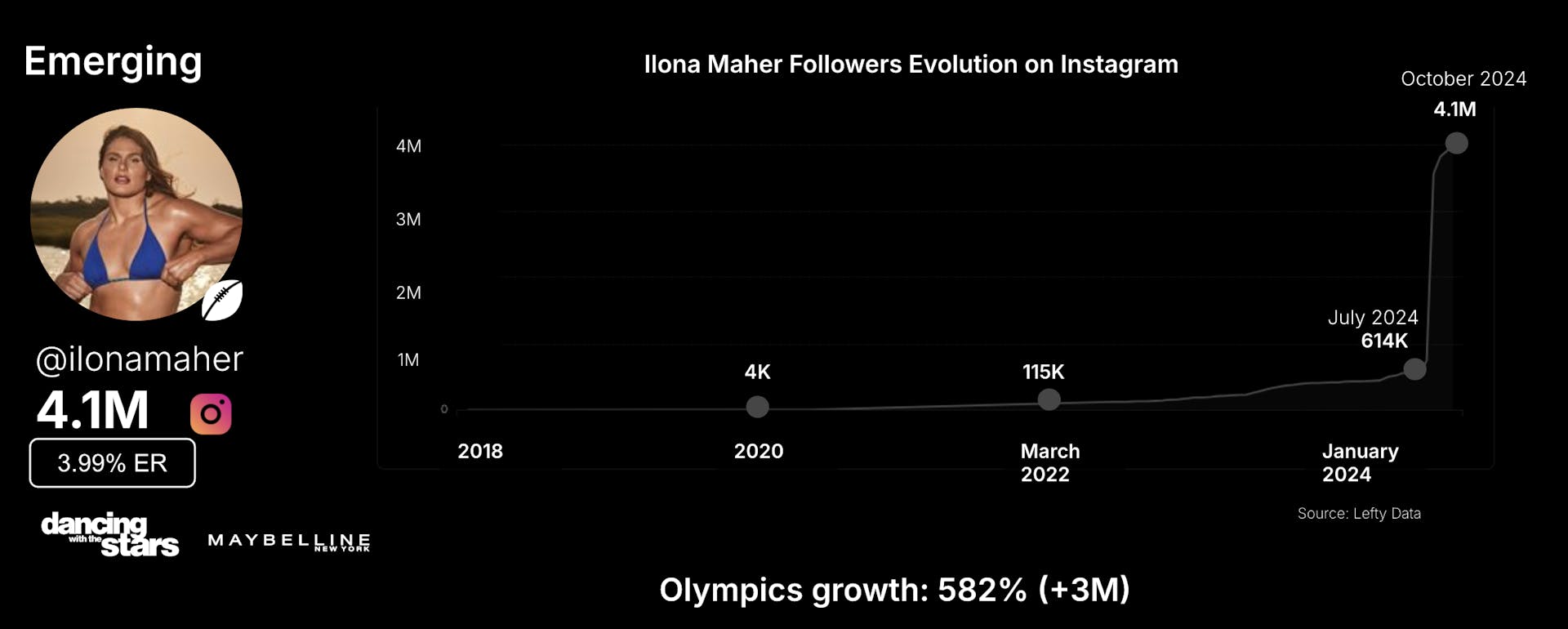
A Profile's Comercialness
Brand partnerships are crucial when evaluating a profile's commercial appeal. Consider French swimmer Léon Marchand, who rose to fame with his Olympic gold medals. During the games, he promoted a range of brands, including Omega, Louis Vuitton, LVMH, official Olympic partners, and swimwear brands like Speedo. Léon skillfully blended lifestyle, luxury, and sport.
In a league of her own, gymnast Simone Biles, much like Lebron James, represents a diverse array of brands across various sectors, including pharmaceuticals, technology, banking, and athletic wear. Her fame makes her a sought-after partner. However, collaborating with many unrelated brands outside the Olympic context can confuse audiences and appear overly commercial.
It's essential to consider which brands profiles have already engaged with and explore new opportunities. Sometimes, profiles mention brands organically, offering a natural opportunity to propose collaboration by expressing appreciation for the brand. Alternatively, identifying complementary industries and brands can create new avenues for partnership.
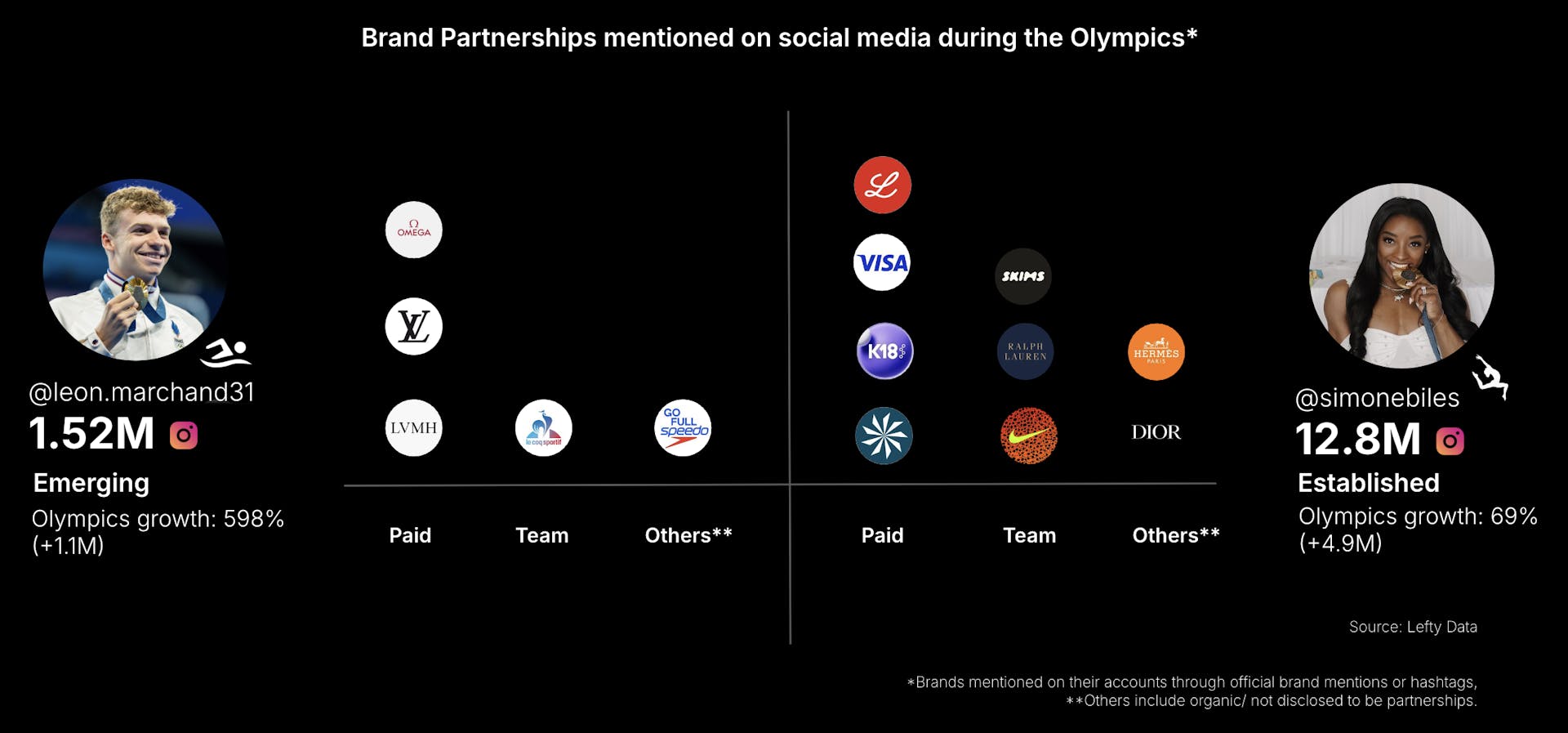
Fashion Weeks's Strategic Casting
This season highlighted a "less is more" casting strategy, where top brands collaborated with a select few profiles that aligned closely with their brand image. This approach led to exceptional visibility. Fashion Weeks saw a 48% reduction in the number of profiles, meaning fewer attendees at events or creators of organic online content tagging brands and shows. Despite this, there was a significant increase in EMV (Earned Media Value), underscoring the influence of impactful profiles as key drivers of success. The leading five brands exemplified this strategy. Notably, this season achieved unprecedented balance among cities, moving away from the typical dominance of Paris. Brands that adopted this strategic casting approach enjoyed outstanding visibility through strategic choices.
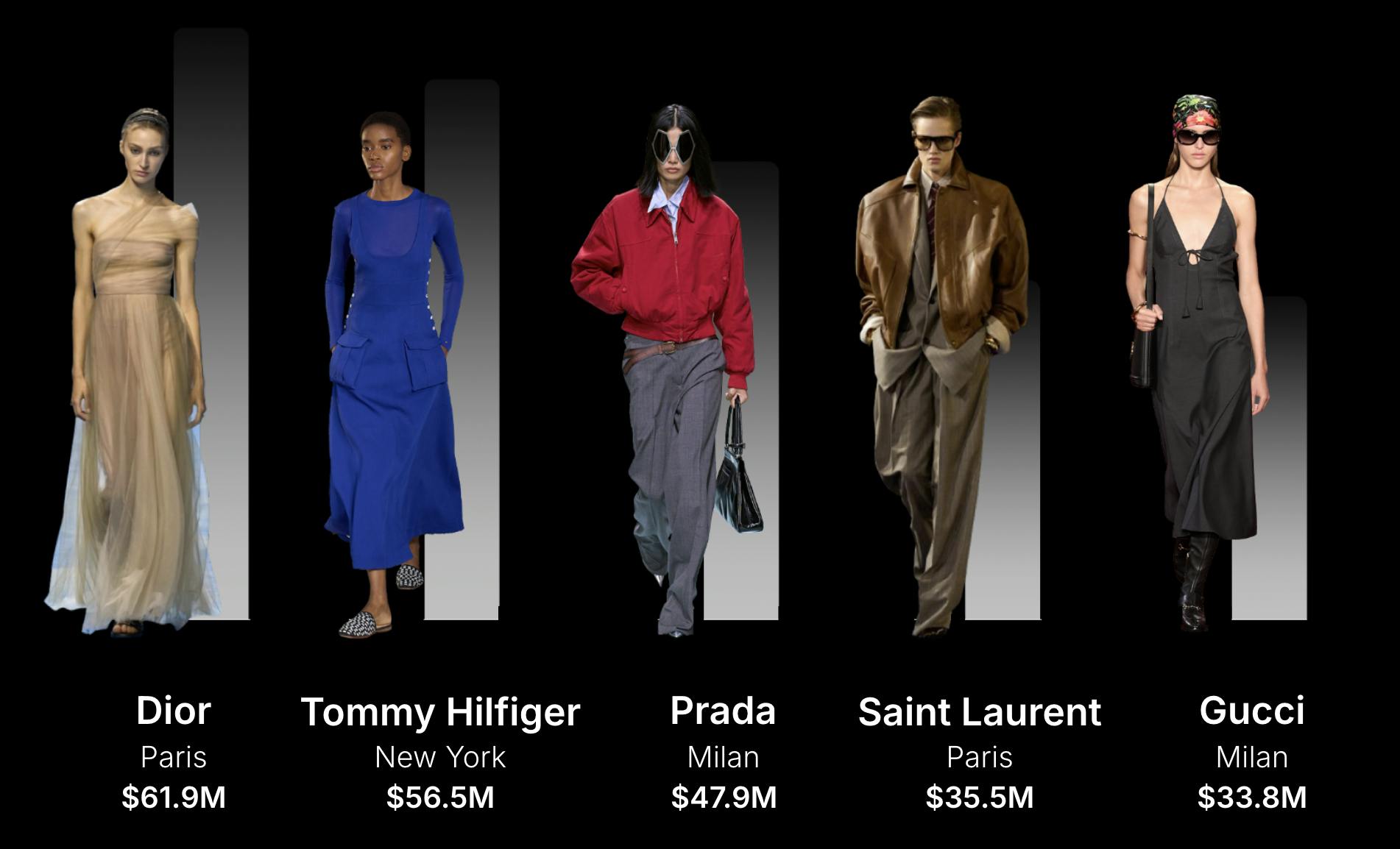
The Top Profiles
Kylie Jenner leads the list, unsurprisingly, with her impressive Instagram following of 396 million despite relatively low engagement levels. This mirrors LeBron James' situation: a broad profile can offer significant brand visibility but doesn't always fully engage a large audience. The success of such partnerships hinges on your brand's objectives—whether aiming for visibility or genuine audience engagement.
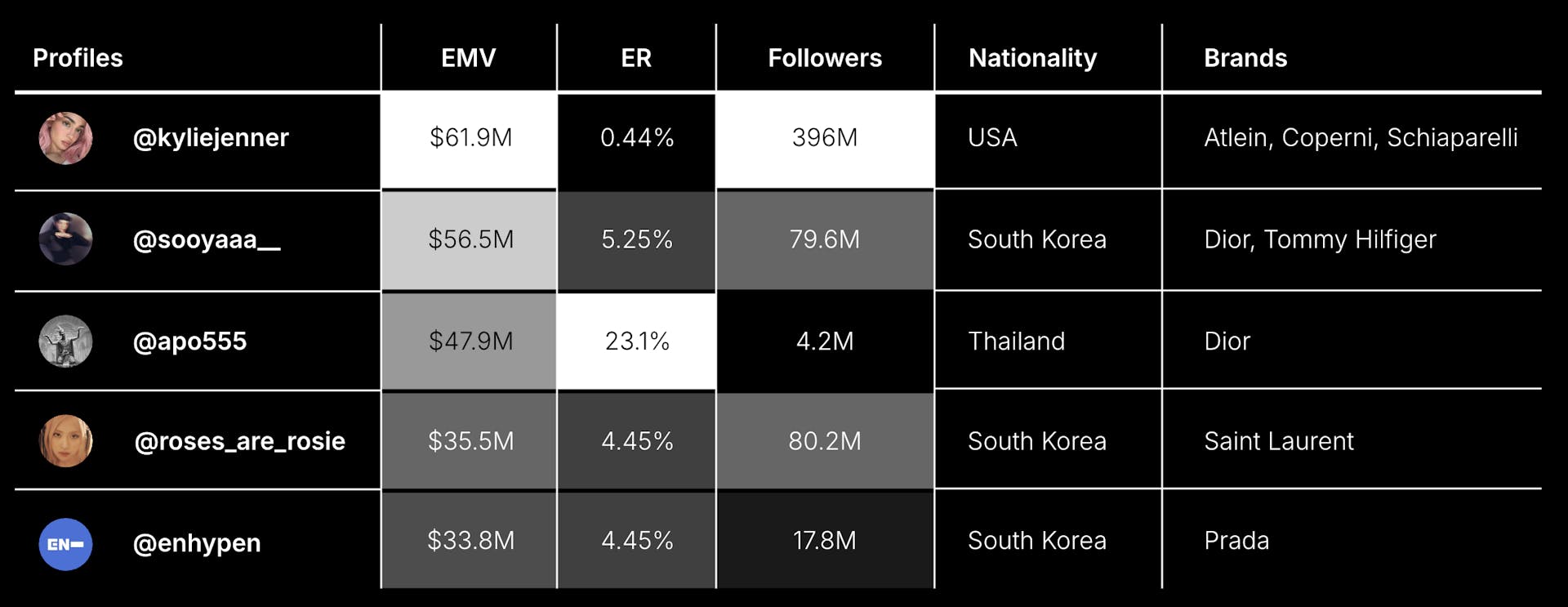
Conversely, consider Apo Nattawin, a Thai drama star with 4.2 million followers and a remarkable 23% engagement rate. Such interaction is unusual. Apo's limited partnership with one brand, Dior, contrasts with Kylie Jenner and Jisoo, a South Korean star, who each partnered with two to three brands. Yet, his presence in the top five rankings emphasizes the strength of a dedicated audience in achieving visibility and engagement. This season, stars from Korea and Thailand have significantly influenced the fashion scene. The top 20 profiles contributed 21% of the total Earned Media Value (EMV) for the Spring/Summer 2025 collections across New York, London, Milan, and Paris. This highlights the strategic importance of casting in boosting a brand's visibility and engaging its audience.
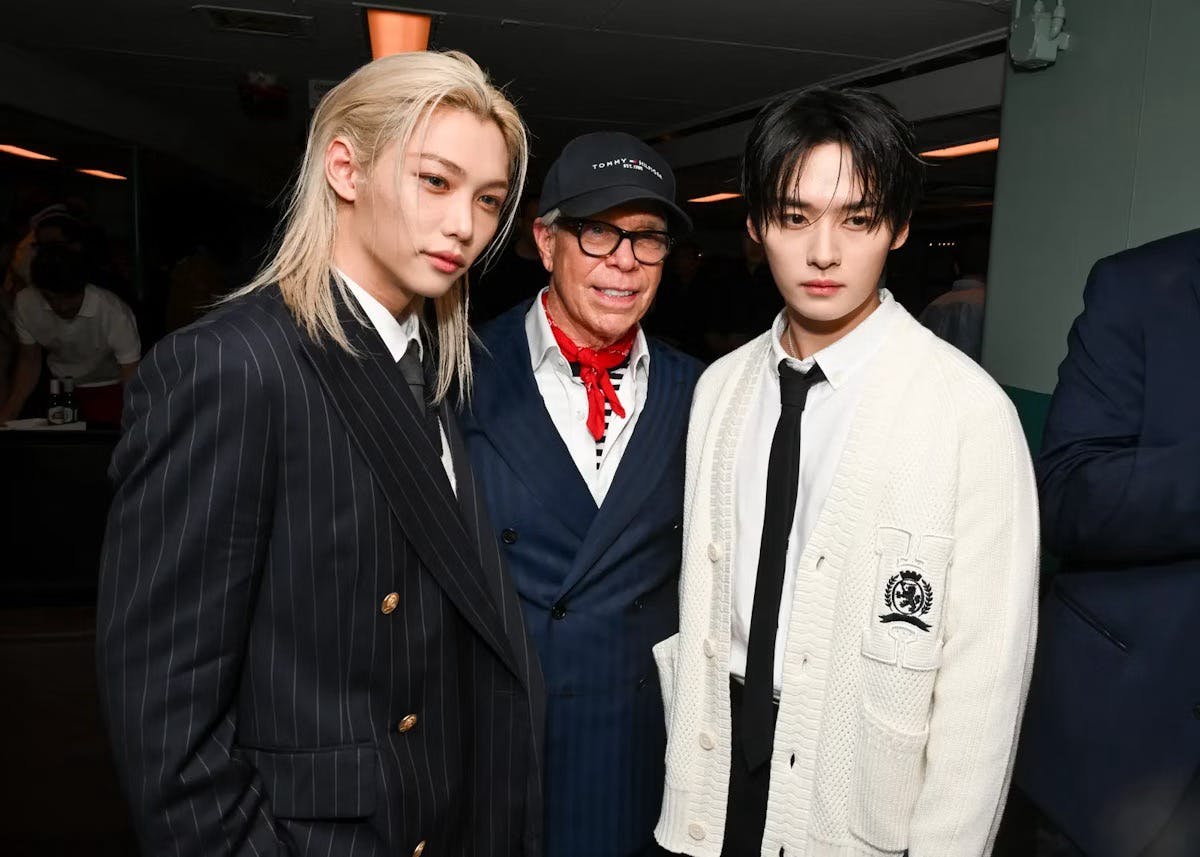
South Korean and Thai stars have excelled, driving substantial EMV and achieving the highest average engagement rates. Their success is attributed to their loyal audiences and their ability to effectively promote brand shows. We will delve deeper into these dynamics.
Throughout several Fashion Week seasons, stars from the Asia-Pacific region have become indispensable, with global popularity and engaged followers who actively interact with content. This trend has prompted brands to sign ambassadors from K-pop groups and Thai drama stars, a trend that has been evolving over time.
Brand Activations and Cultural Relevance
Brand activations were a pivotal focus at Fashion Week, providing an excellent opportunity to boost visibility and engage with a global audience. With global attention on Fashion Week, brands harness their dynamic energy to create impactful interactions.
This season witnessed a record number of brand activations, with 31 events collectively generating $142.5 million in Earned Media Value (EMV). Notably, three-quarters of these activations occurred during New York Fashion Week.
At New York Fashion Week, diverse sectors—from food and beverage to hospitality and fashion beauty—participated, enabling brands to use the event as a creative platform for expression and experimentation with their activations.
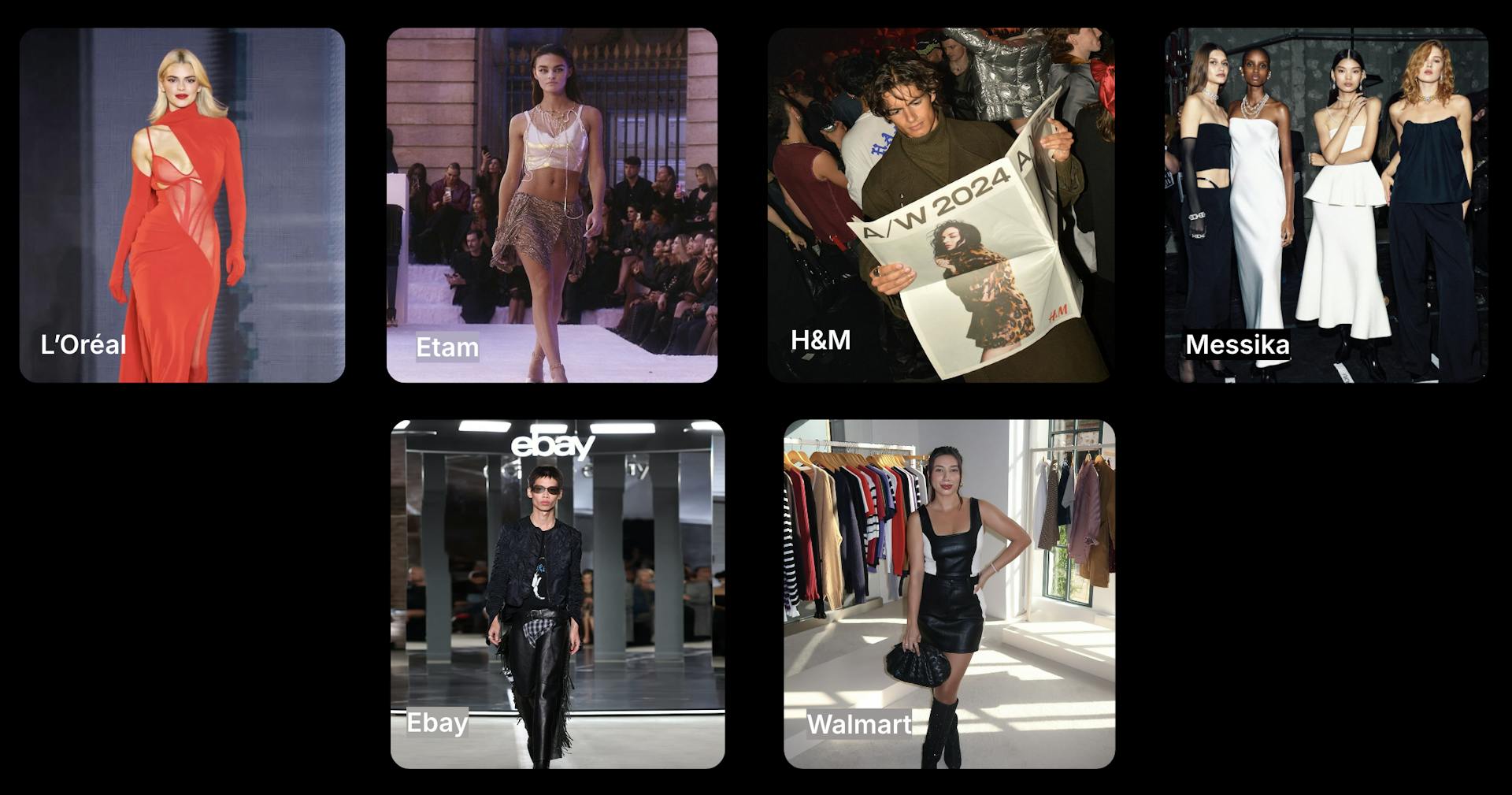
Runway activations generated significant visibility, leveraging the presence of stars, key opinion leaders (KOLs), and the general public to share extensive content. This dual-effect content strategy amplifies exposure. Notably, fast-fashion brands like H&M and Walmart also engage in these runway activations during Fashion Week, successfully boosting visibility for their new collections.
Fashion Week is traditionally associated with luxury and established brands. However, it is noteworthy that fast-fashion brands also capitalize on the event's buzz, integrating seamlessly into the schedule. This demonstrates a shift in the traditional Fashion Week landscape.
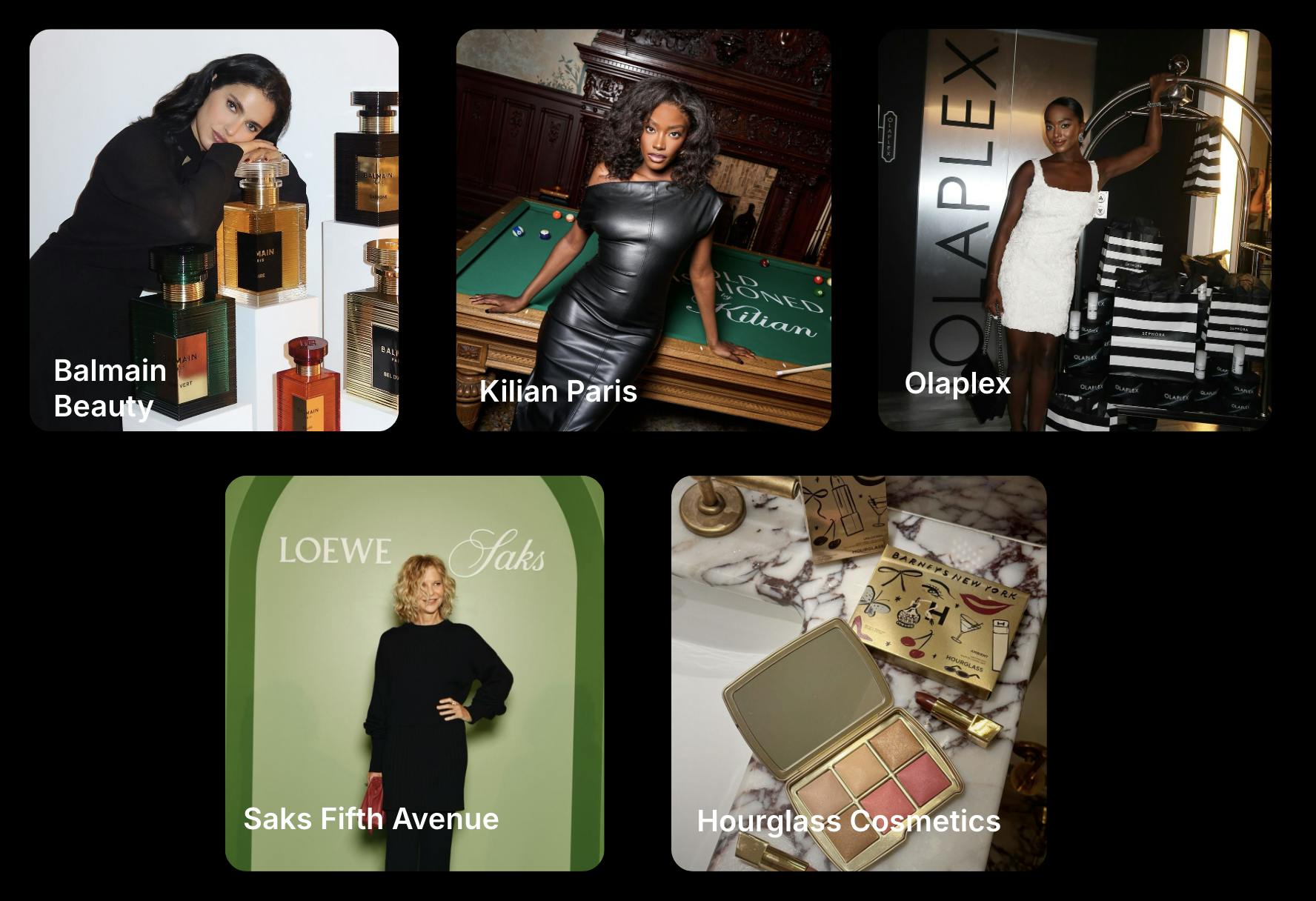
We witnessed numerous product launches, particularly in the beauty industry, which capitalized on Fashion Week's hype. These launches often resembled after-parties for shows, attracting major influencers and stars. With celebrities already present for Fashion Week, casting them became effortless. Over half of all brand activations were product launches, which is logical given the heightened attention during this time. The runway naturally sets expectations for new collections, so audiences eagerly anticipate fresh offerings.
Another prevalent type of brand activation at Fashion Week was pop-up events, known for their creativity. Examples included café takeovers and Poppy World, the only food and beverage brand to host an activation during New York Fashion Week, where they promoted a cherry soda in a unique branded event space.
Interestingly, while some key opinion leaders (KOLs) are invited to attend and promote these activations, most participants are public members who create organic content. This strategy not only amplifies brand visibility but also fosters genuine engagement. It captivates the audience, enhancing both engagement and loyalty.
Key Takeaways of Fashion Week Brand Activations
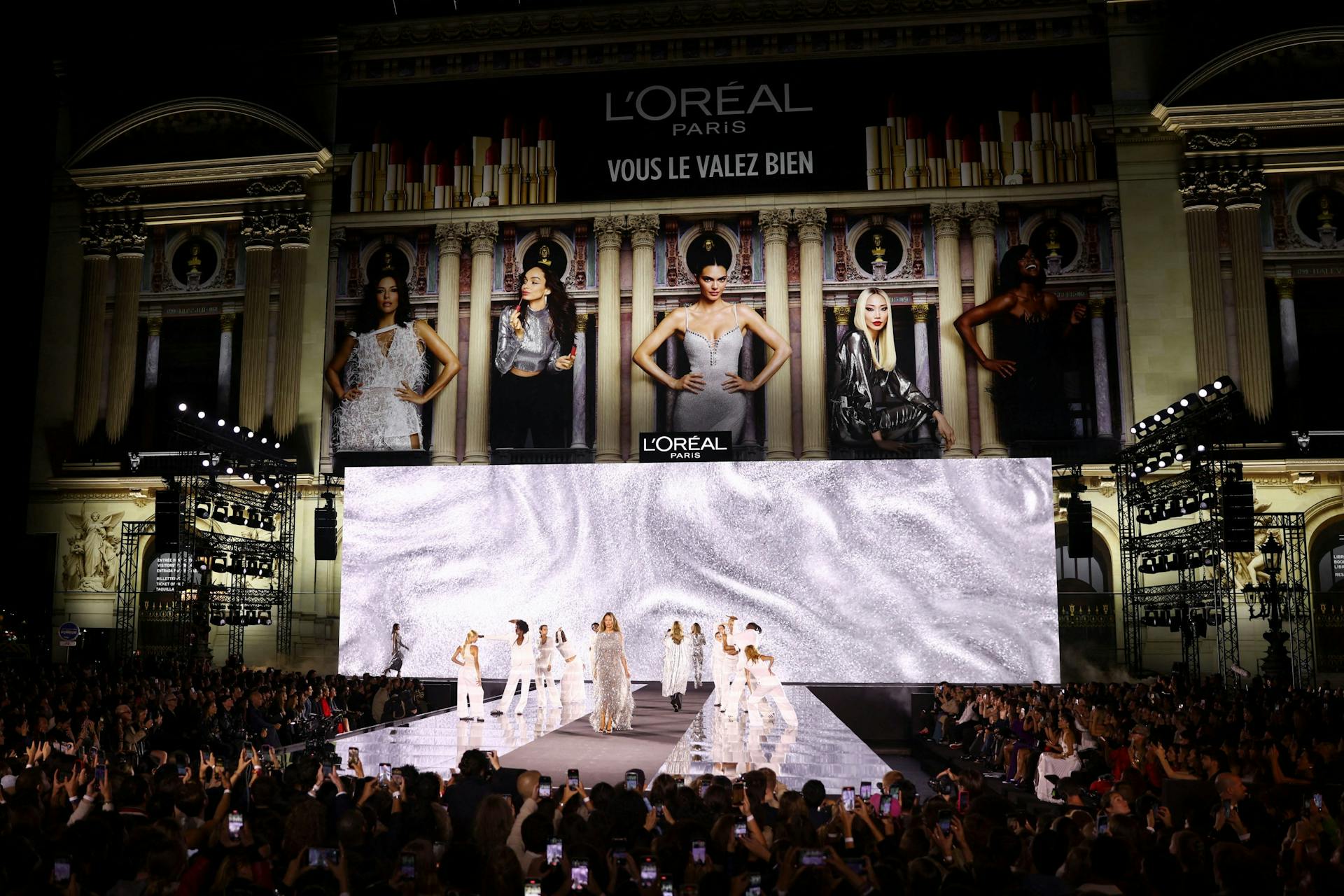
These brand activations present an opportunity to leverage distinctive events that embody your brand's essence, such as runway shows or pop-ups. Hosting exclusive events makes attendees feel special, and the content and perception of exclusivity appear more personalized. People are eager to share their experiences online, especially during prominent events like Fashion Week or the Cannes Film Festival. These occasions are ideal for unveiling new collections or product launches, taking advantage of the existing visibility and attention. With all eyes on the event, it's the perfect moment to capture heightened interest, maximize brand exposure, and create shareable experiences.
Activations offering unique and immersive experiences thrive on social media, appealing to both Key Opinion Leaders (KOLs) and the general public, who are often invited. This environment fosters the creation of organic, shareable content, extending your brand's reach beyond the event itself.
Trends and Predictions for 2025
Many brands are now leveraging cultural touchpoints to enhance relevance and engagement. Ssense is a prime example of a brand effectively utilizing pop culture. This year saw significant public interest in phenomena like TikTok, the Olympics, the Super Bowl, and various internet topics. TikTok has been particularly influential in launching creators like Nara Smith, known for crafting items like Coca-Cola and bubble gum from scratch. Her popularity has soared, inspiring women interested in home crafting. She has since attended prestigious events such as Fashion Week, featuring shows by designers like Ralph Lauren and Prada. Brands are eager to capitalize on these emerging profiles and pop culture moments.
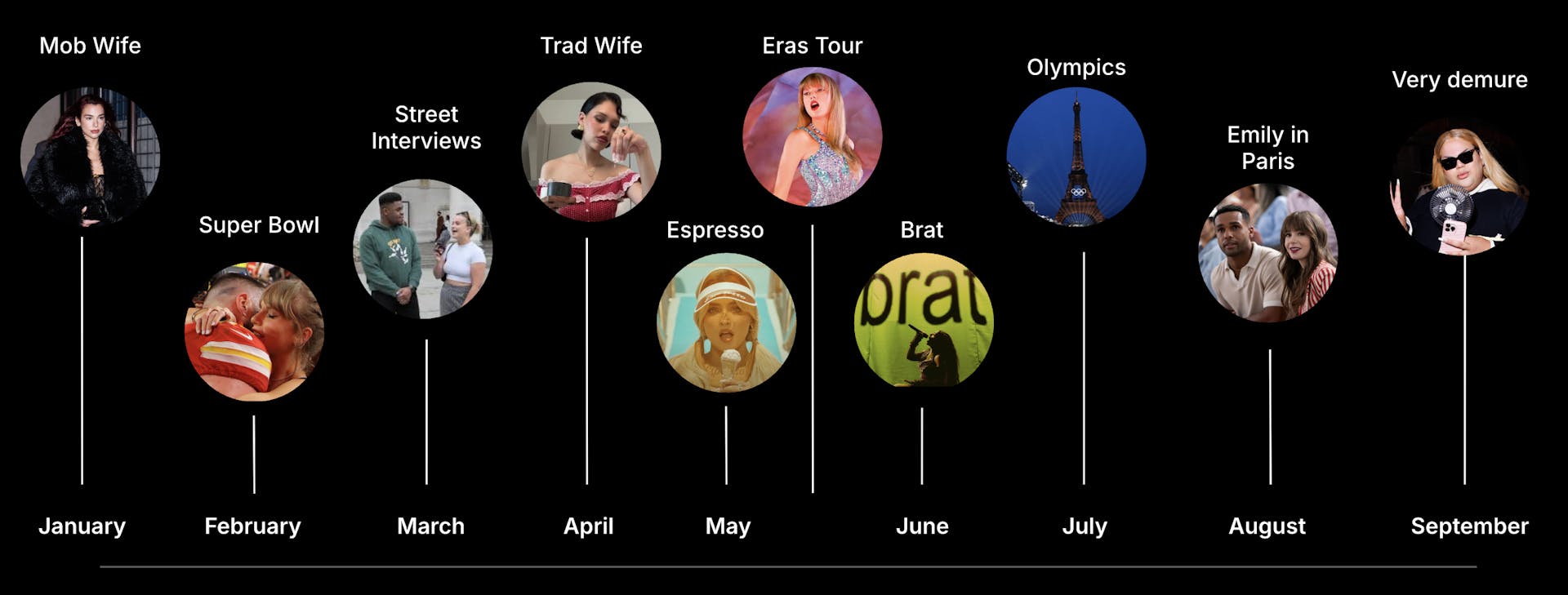
H&M's collaboration with Charli XCX is another notable example. Charli, a music sensation, saw her album "Brat" achieve viral success this summer, with its signature green color becoming iconic. H&M's collection with her created buzz by wiping their social media, stirring curiosity among fans. These collaborations effectively align brands with cultural relevance and consumer interest. Other trends include asking whether one’s style is more "Brat" or "mindful and demure."
TikTok's Jools LeBron introduced the phrase: “very demure, very mindful, and very cutesy.” Brands quickly adopted this in marketing strategies, with Bottega Veneta inviting Joolz to a show shortly after the phrase went viral. Brands have shown agility in these spontaneous collaborations, boosting their visibility. It's fascinating to see how a simple catchphrase can evolve from a TikTok video to the focus of Milan Fashion Week.
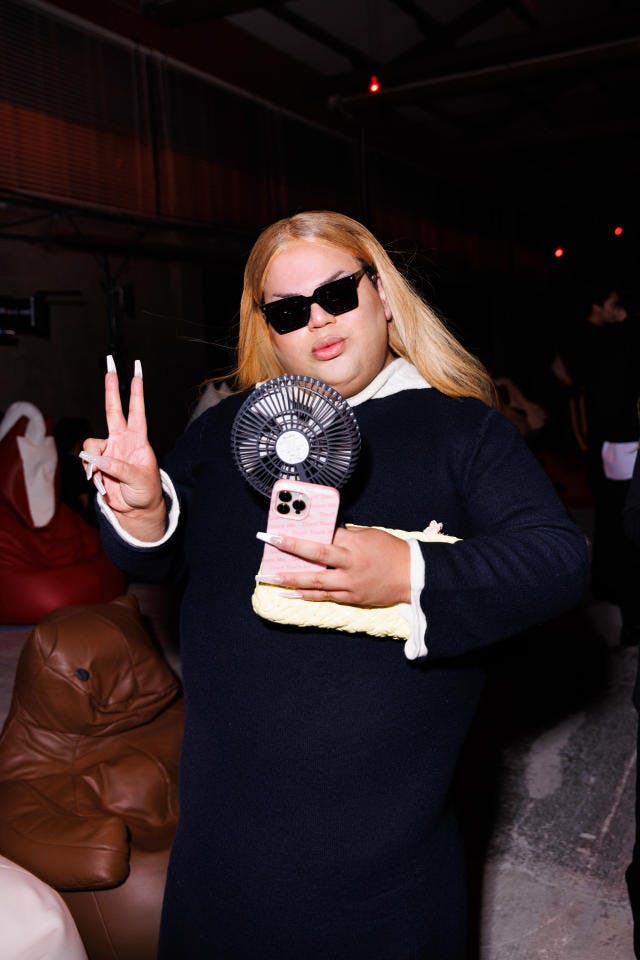
As we look to 2025, brands that strategically engage with pop culture and significant events like the Olympics or the Super Bowl are likely to benefit. Profiles are already attending major shows, making it crucial for brands to thoughtfully engage with trends and avoid mere bandwagon approaches. Creative engagement, such as launching challenges or selecting the right influencers, can effectively connect a brand with a cultural moment.
Creators & Brands: Shaping Tomorrow's Identity in 2025
In 2025, the integration of brands and creators is set to deepen, becoming integral to brand identities. This trend, which gained momentum in 2024, is exemplified by the "Emily in Paris" phenomenon that captivated audiences on platforms like Netflix. Killian Paris leveraged this by choosing Lucien Laviscount, an actor from the show, as the face of their fragrance, "Old Fashioned." Laviscount's participation in promotional activities utilized his popularity, aligning him seamlessly with the brand's image.
"Emily in Paris" portrays Paris's luxurious lifestyle and strategically uses product placements, like Ami's collaborations, to boost brand relevance. Through the show, Laviscount emerged as an emblematic figure of Paris, bridging television fiction and reality by representing a niche luxury perfume brand.
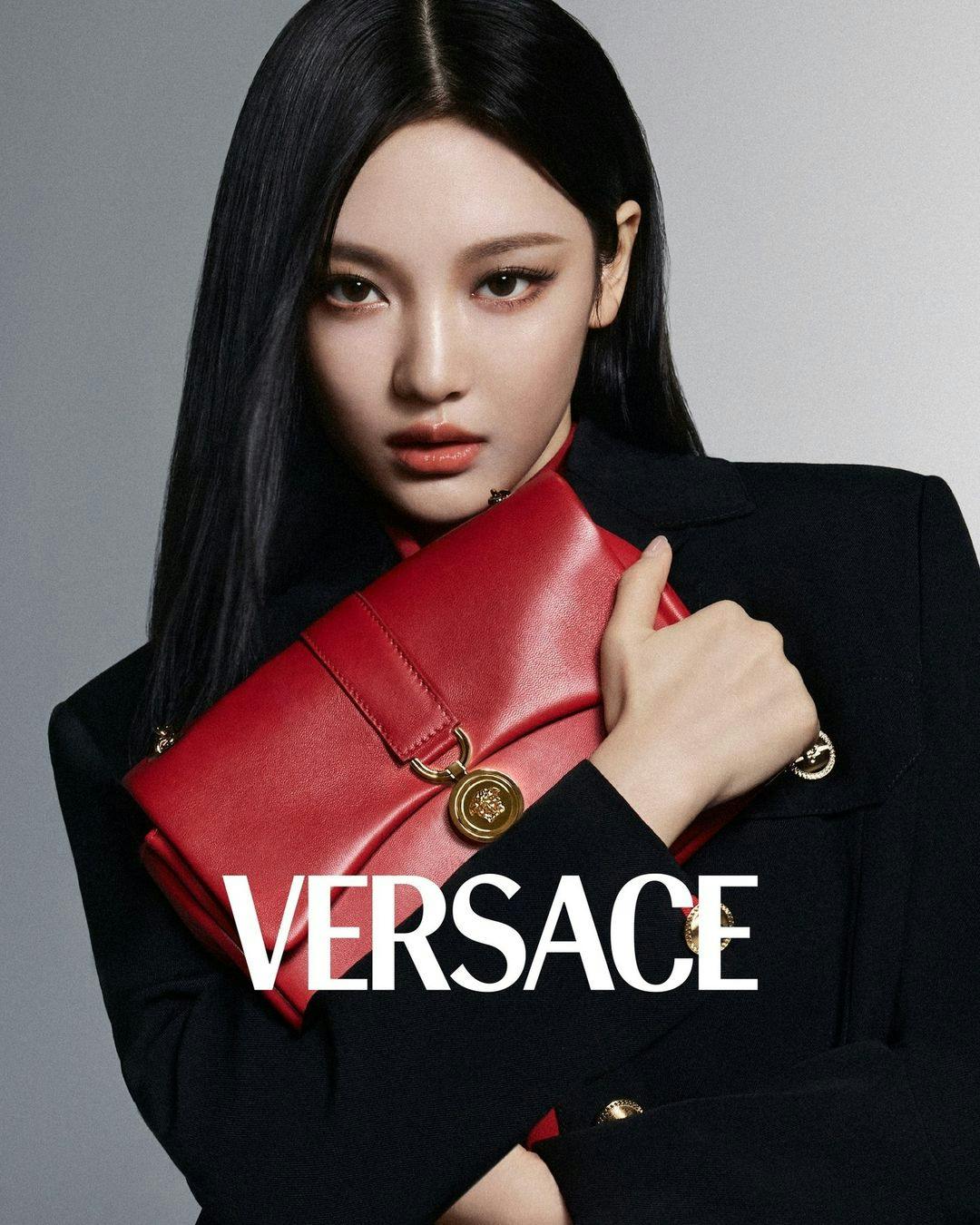
Versace's collaboration with Ningning from the K-pop group AESPA illustrates this evolution. As the ambassador for Versace's new Kleio bag, Ningning emphasizes individuality over representing the entire brand. Her dual global audience appeals significantly to Gen Z. The Kleio name, inspired by Asian mythology, highlights brands' efforts to embrace cultural diversity and unite global communities through strategic talent selection.
Vans Europe's partnership with Meta Girl, known for her innovative shoe designs, further exemplifies this trend. Their collaboration resonated with Gen Z, proving that major celebrity endorsements are not necessary; authenticity and relatability are key. By offering an accessible product, Vans engaged a broader audience, demonstrating the power of individuality in creating impactful ideas.
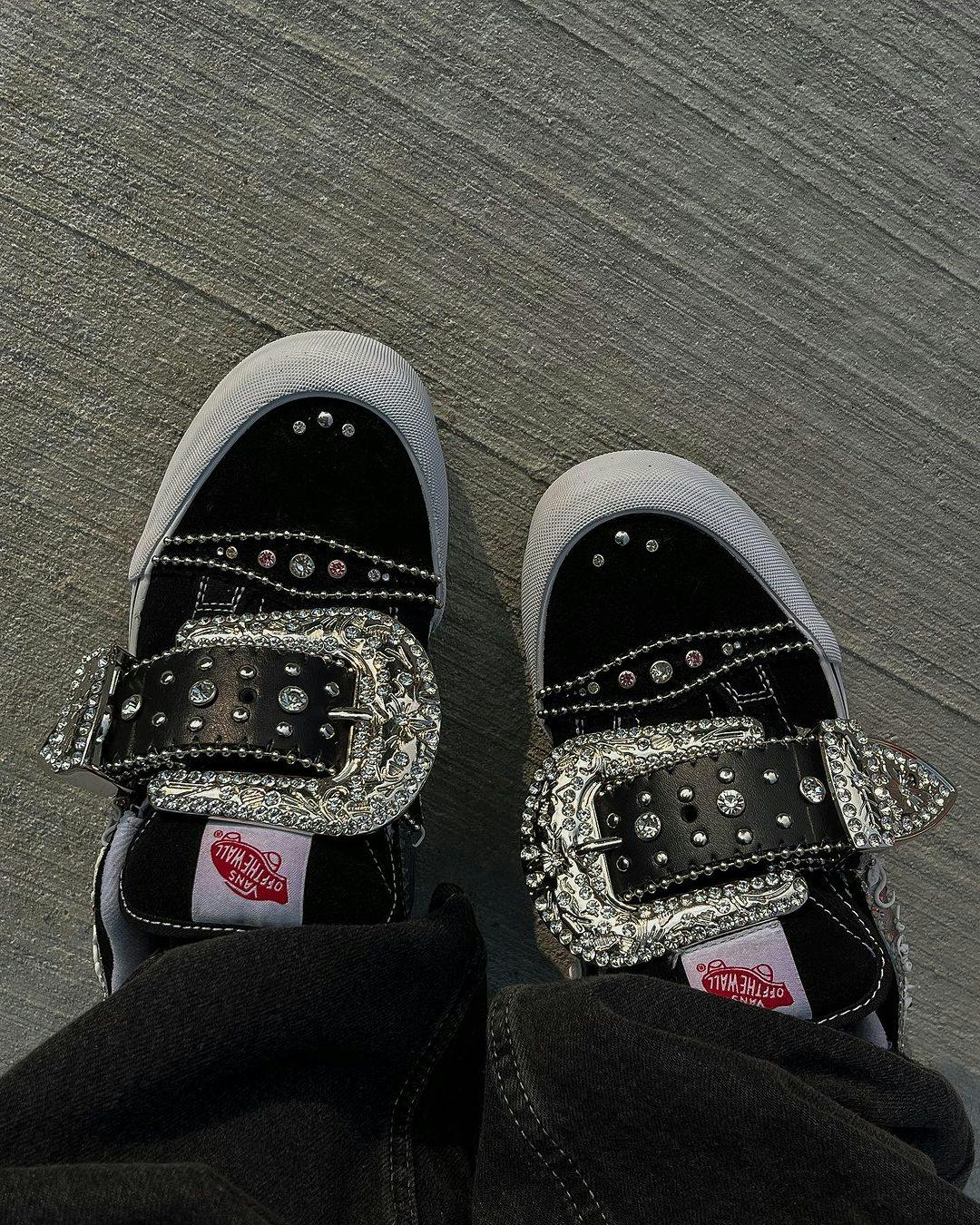
Strategic collaboration between brands and creators is crucial, as their increasing closeness amplifies their influence over products and content. This effective approach underscores the significance of partnerships in helping brands distinguish themselves, a trend set to continue in 2025.
In Summary
This exploration of emerging trends highlights how collaborations between athletes, influencers, and creators are transforming the marketing landscape. These partnerships offer brands dynamic avenues for visibility, engagement, and cultural relevance. Looking towards 2025, the most successful brands will be those that strategically embrace these collaborations, creating partnerships that deeply resonate with audiences and amplify influence in novel ways.
